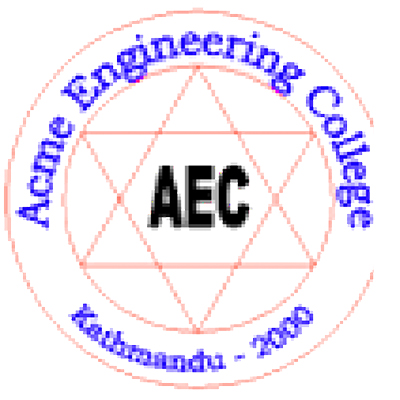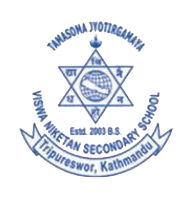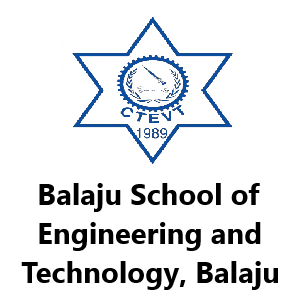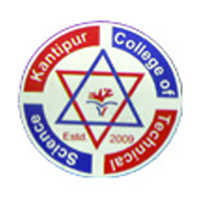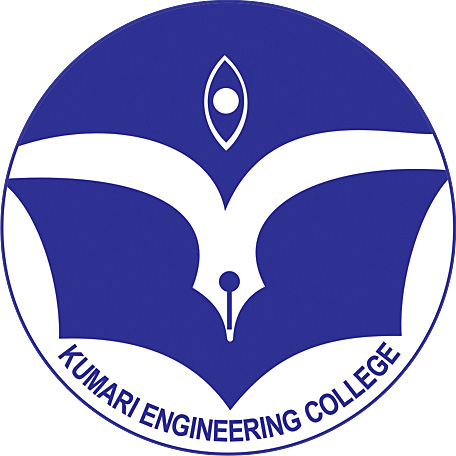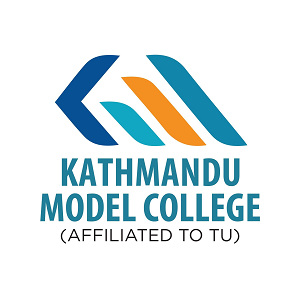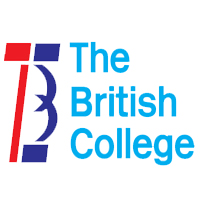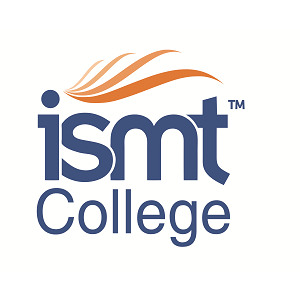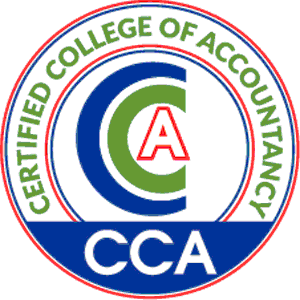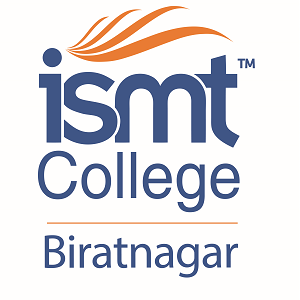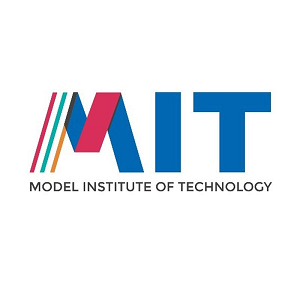Overview
Diploma in Electrical Engineering at Kathmandu Institute of Technology (KIT)
The Diploma in Electrical Engineering at Kathmandu Institute of Technology (KIT), Dhapasi, Kathmandu, is a three-year program affiliated with the Council for Technical Education and Vocational Training (CTEVT), Nepal.
This course is designed for students who wish to work with electrical systems, from power generation to machine operation, and acquire the skills necessary for careers in the energy and engineering sectors.
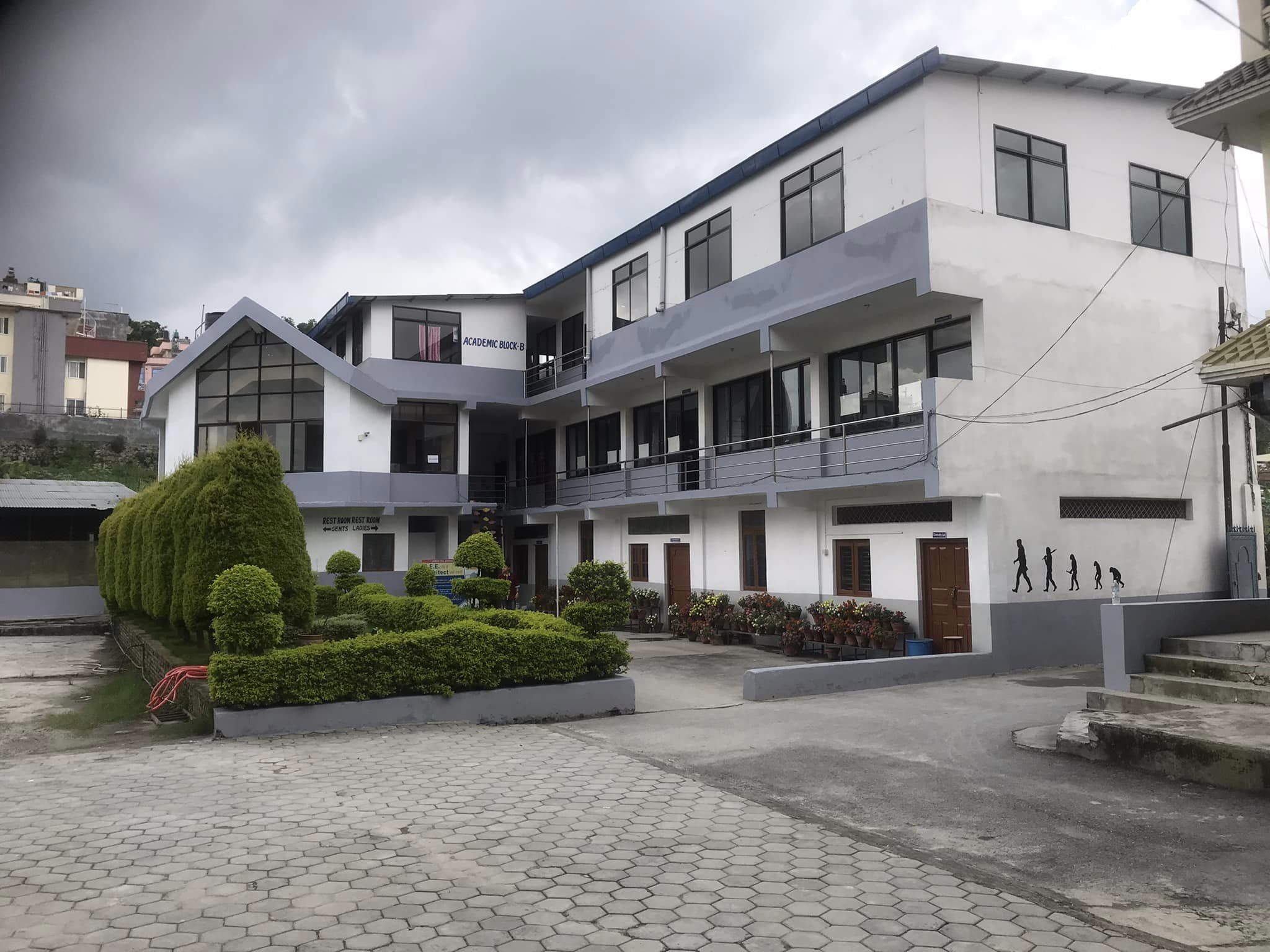
Course Introduction
This program is structured to help students understand the core principles of electricity and how it powers homes, factories, and entire cities.
It covers topics such as power systems, machines, electrical circuits, and renewable energy. Students learn through both theory and practical classes, with regular lab sessions to apply what they’ve studied.
KIT follows the official CTEVT curriculum, ensuring national recognition and a clear pathway to employment or further study.
What You Will Study
The course is delivered over six semesters. Students begin with the basics and move toward more advanced areas of study. Subjects include:
-
Circuit Theory
-
Electrical Machines
-
Power System Operation and Protection
-
Digital and Analog Electronics
-
Control Systems
-
Electrical Installation and Wiring
-
Renewable Energy and Solar Power
-
Engineering Drawing and Measurements
-
Final Project and Industrial Training
The full syllabus is provided to students at the start of the program as outlined by CTEVT.
Duration and Intake Capacity
This is a three-year course. Each academic year includes two semesters. As per CTEVT guidelines, KIT enrolls up to 48 students in this program per academic session. Smaller class sizes help maintain interaction between students and instructors.
Admission Eligibility
Applicants must meet one of the following requirements:
-
SEE or equivalent with a minimum GPA 1.6, and at least D+ in English, Mathematics, and Science
-
Completion of a related TSLC/Pre-Diploma program recognized by CTEVT with at least 68.33% aggregate marks
Admission is granted based on performance in the CTEVT entrance examination.
Skills You’ll Develop
By the end of this course, students will be able to:
-
Design and troubleshoot basic electrical systems
-
Operate and maintain electrical machines
-
Understand power distribution and safety procedures
-
Install wiring systems for residential and commercial use
-
Apply knowledge of renewable technologies in energy projects
-
Work in technical teams and communicate using industry terms
-
Use measurement instruments and relevant engineering tools
Career and Job Opportunities
Graduates can begin working in roles such as:
-
Electrical Technician
-
Assistant Electrical Engineer
-
Plant Operator
-
Maintenance Supervisor
-
Field Technician for Solar and Renewable Energy
-
Wiring and Installation Technician
-
Control Panel Assistant
Industries hiring diploma graduates include:
-
Hydropower and energy plants
-
Manufacturing units
-
Infrastructure and construction companies
-
Telecom and electronic service providers
-
Government and public utilities
Students who wish to continue studying can apply to bachelor-level engineering programs in related disciplines.
Course Fee
KIT charges tuition strictly according to the fee structure set by CTEVT. No additional or unapproved charges are included. To learn more about the current fee, students can contact the KIT administration office directly.
Teaching Approach at KIT
Teaching is interactive and project-oriented. Students participate in classroom instruction, lab work, and group tasks.
Real-world applications are introduced through assignments, model-building, and field visits. By the final semester, students carry out a major technical project and complete an internship in a workplace relevant to their field.
Instructors at KIT combine academic knowledge with field experience, helping students understand not just the theory but how to apply it.
Scholarship Information
KIT offers scholarships based on the CTEVT common entrance exam. Both full and partial scholarships are available, depending on category, performance, and seat availability as per CTEVT scholarship policy.
Why Study This Course at KIT?
KIT has been running CTEVT-affiliated diploma programs for over two decades. The campus provides the environment, tools, and guidance students need to build real technical skills. Workshops, electrical labs, and regular assessments are all part of the learning process.
Contact Kathmandu Institute of Technology (KIT)'s administrative office for detailed information on the Diploma in Electrical Engineering course, including fees, scholarships, facilities, counseling, eligibility criteria, etc.


